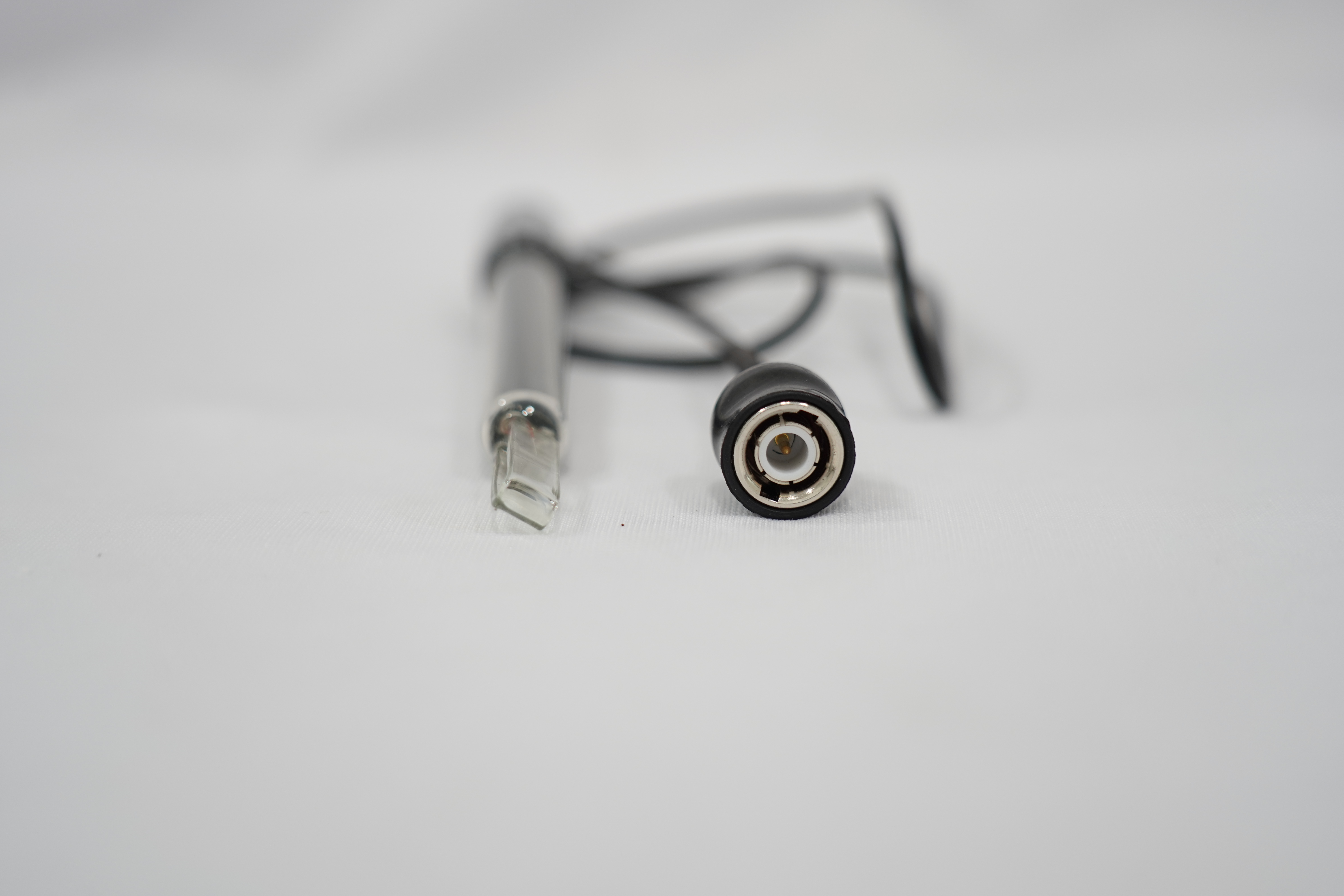Among the many parameters to ensure the quality of drinking water, total dissolved solids is a key indicator. It reflects the total amount of various dissolved inorganic salts and organic substances in water.TDS water quality detector is an instrument used to measure the TDS content in water. Its working principle is mainly based on the determination of conductivity.This article will explain the principle and specific operating steps of TDS detection of tap water and drinking water based on the electrode method portable TDS water quality detector produced by Erun Environmental Protection.

Basic principles of electrode method
TDS testers usually use the electrode method to determine the TDS level in water. This method relies on measuring the conductivity of water, because the increase of dissolved solids will increase the conductivity of water. When an electric current passes through the water sample, the ions in the dissolved substances will carry the charge and move, forming an electric current. The core component of the electrode method is a pair of metal electrodes, usually made of platinum or stainless steel.During the measurement process, the two electrodes are immersed in the water sample and a fixed voltage is applied between them. The intensity of this current is proportional to the TDS concentration in the water.Therefore, the conductivity and TDS value in the water can be calculated by measuring the relationship between current and voltage.
Detection steps
Preparation: First, make sure the TDS water quality detector is in good working condition, the battery is fully charged, and the electrodes are clean and undamaged.
Calibrate the TDS detector: Turn on the power switch of the TDS water quality detector, and the instrument will automatically calibrate. During the calibration process, the instrument will measure the conductivity value of the current environment and use it as the reference value. After the calibration is completed, the instrument will enter the standby state.
Collect water samples: Collect enough water for testing in a clean container. At the same time, prepare the water sample to be tested, making sure it is free of impurities and at the right temperature, as temperature will affect the conductivity reading.
Immerse the electrode: Immerse the electrode part of the TDS detector completely into the water sample. Note that the electrode should not touch the wall or bottom of the container. At the same time, keep the electrode stable to prevent bubbles or stirring of the water sample, and avoid water movement from interfering with the measurement results.
Reading values: Press the measurement button of the TDS water quality detector, and the instrument will start measuring the conductivity value of the water sample. During the measurement process, the instrument will continuously read the current and voltage data between the electrodes and calculate the TDS value according to the preset algorithm. The drinking water TDS water quality detector electrode produced by Yingrun has an automatic temperature compensation function, which can adjust the TDS reading according to the current temperature of the water sample.
Record results: After the measurement, the TDS water quality tester will display the current TDS value. The user can read the result directly according to the display screen of the instrument and repeat the test as needed to ensure the consistency of the results. If you need to record or analyze the data, you can enter the results into a computer or other device.
Cleaning and maintenance: After the measurement is completed, take out the electrode and clean it in time. Then, dry the electrode or wipe it with a clean paper towel and put it back into the instrument to avoid residue affecting the accuracy of subsequent measurements.Regularly perform instrument maintenance and calibration, such as replacing batteries and checking electrode wear, to ensure its accuracy and stability and the reliability of test results.
Summarize
The portable TDS water quality detector for tap water produced by Erun Environmental Protection is based on the electrode method. This water quality detector has the advantages of simple operation, accurate measurement, and rapid response. It has been widely used in drinking water safety monitoring, industrial production process control and other fields. Through the introduction of this article, readers can have a deeper understanding of the working principle and specific detection steps of the TDS water quality detector, which provides a useful reference for practical application. If you need detailed information and quotation, you can directly consult customer service or call the contact number.
